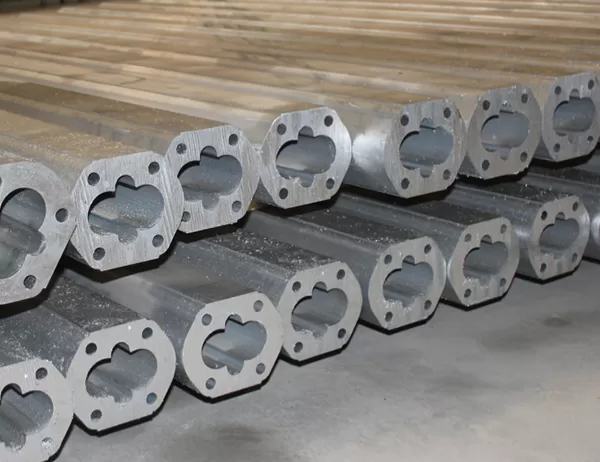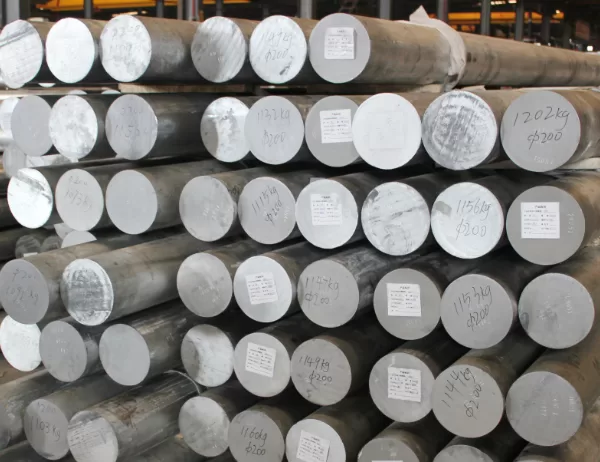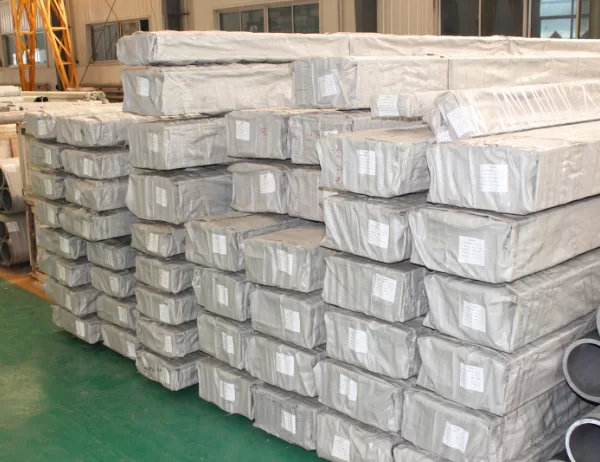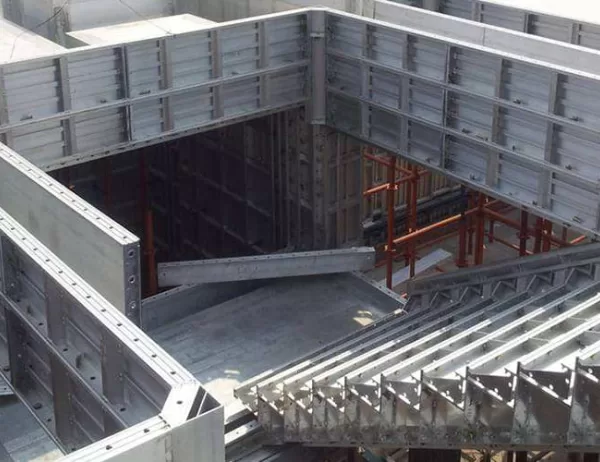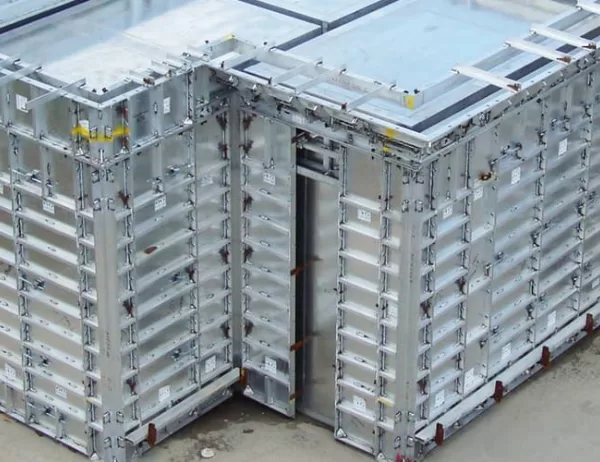How to Cut and Fabricate 100mm Aluminum Tubes: A Comprehensive Guide for Precision and Accuracy
In the realm of metalworking, the ability to precisely cut and fabricate aluminum tubes is a crucial skill that unlocks a wide range of engineering and construction applications. Aluminum, known for its exceptional strength-to-weight ratio and corrosion resistance, is a preferred material for various industrial sectors. This guide will provide you with a step-by-step approach to cutting and fabricating 100mm aluminum tubes, ensuring precision and accuracy throughout the process.
Materials and Tools Required:
100mm aluminum tube
Miter saw or bandsaw
Angle grinder
Drill press
Measuring tape
Safety glasses
Gloves
Step 1: Safety First
Before initiating any cutting or fabrication, it is imperative to prioritize safety. Wear safety glasses and gloves to protect your eyes and hands from potential hazards. Ensure that your equipment is in good working order and that your workspace is well-ventilated.
Step 2: Precision Measurement and Marking
Precise measurement is paramount for accurate cuts. Use a measuring tape to determine the desired length and mark the cut line clearly with a marker or scribe. Ensure that the marks are perpendicular to the tube’s axis.
Step 3: Cutting the Aluminum Tube
There are two primary methods for cutting 100mm aluminum tubes: using a miter saw or a bandsaw. For clean and precise cuts, a miter saw is recommended. Clamp the tube securely to the saw’s table and align the marked cut line with the blade. Adjust the saw’s angle to ensure a perpendicular cut. Alternatively, a bandsaw can be used, providing greater flexibility in cutting shapes and angles.
Step 4: Deburring and Cleaning
After cutting, it is essential to remove any burrs or sharp edges from the tube’s ends. Use an angle grinder with a fine-grit grinding disc to carefully remove any excess material. Clean the cut ends with a solvent or degreaser to remove any contaminants.
Step 5: Drilling Holes (Optional)
If required, use a drill press to create holes in the aluminum tube. Choose the appropriate drill bit size for the desired hole diameter and secure the tube in the drill press. Lubricate the bit with cutting oil to minimize friction and heat buildup.
Step 6: Fabrication and Finishing
Once the tube is cut and drilled, it can be further fabricated according to specific design requirements. This may involve bending, welding, or assembling with other components. Always refer to the fabrication drawings or specifications to ensure accuracy and structural integrity.
Conclusion
By following this comprehensive guide, you can confidently cut and fabricate 100mm aluminum tubes with precision and accuracy. Remember to prioritize safety, use appropriate tools and techniques, and carefully follow the steps outlined in this guide. With practice and attention to detail, you can master the art of aluminum tube fabrication and unlock the full potential of this versatile material in your projects.
